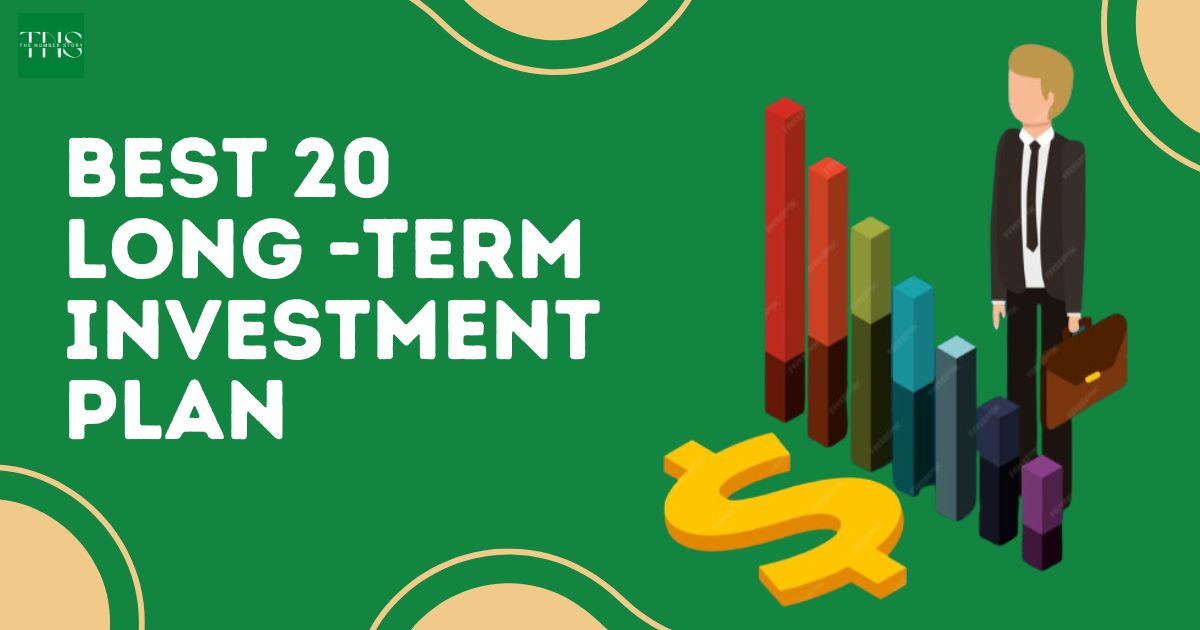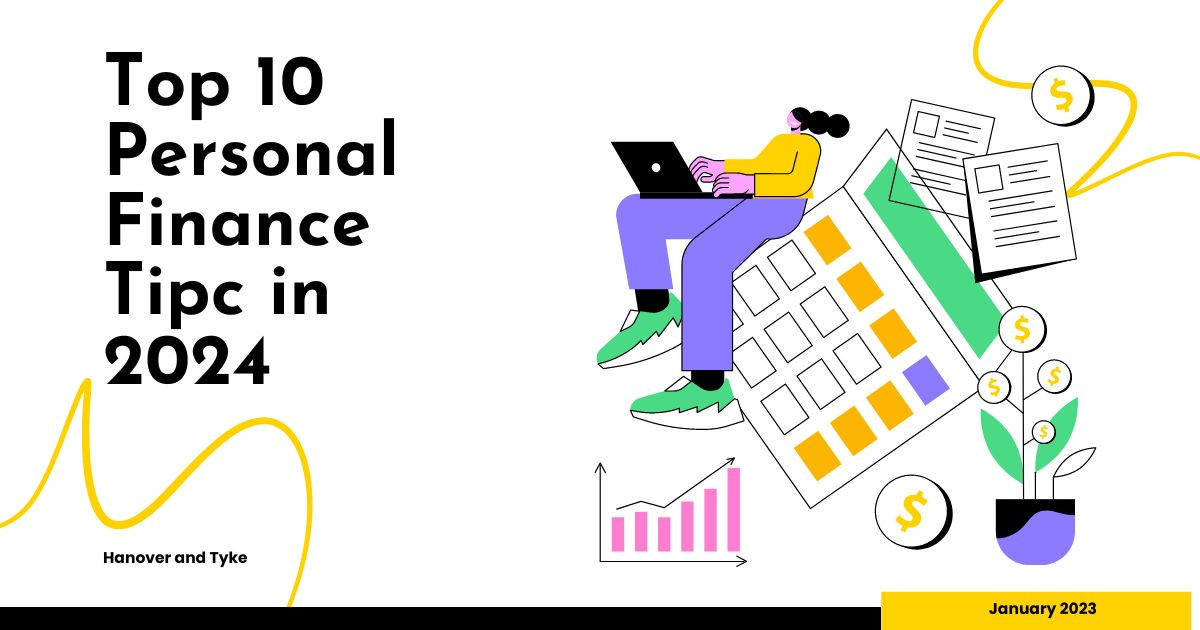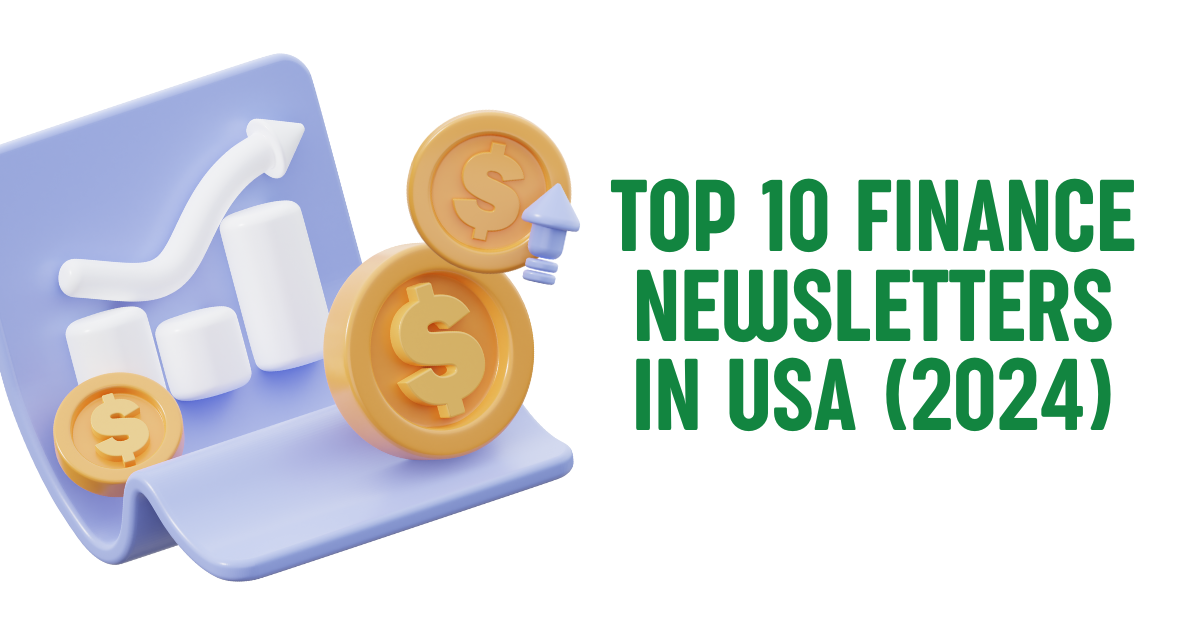
Long-term investment plan entails creating targets, formulating strategies, and taking decisions to help achieve your goals over a long period of time, usually over a number of years. Long -Term Investment Plan is important because it provides an obvious path, optimizes the use of resources, and improves adaptation in the event of unexpected problems.
Investing for the long term takes considerable preparation and thought to maintain financial security and development over time. In 2024, there are various investment opportunities that might offer good returns and assist individuals in meeting their financial goals. Below are 20 of the most effective long-term investing programs to take into account:

Best 20 Long -Term Investment Plans
Table of Contents
1) STOCK MARKET INVESTMENT
Investing in the stock market may produce big long-term returns. It’s primarily due to the regular expansion of established companies with solid fundamentals. The value of their shares often rise when these businesses expand and become more successful. Businesses also offer some percentage of their earnings to the investors as a dividend, which provides a regular source of income for the shareholders.
To avoid certain risks and enhance earnings, stock market investors ought to approach their investments towards long term investments in balance sheet and a diverse portfolio.
2) REAL ESTATE INVESTMENTS
Real estate investments are frequently seen as a trustworthy and profitable alternative to those seeking to accumulate money over the long term needs. Either you own leasing assets or purchase shares of Real Estate Investment Trusts (REITs), investing in property provides a variety of advantages that can bring about consistent income and development over time.
You can generate a regular income by investing in real estate. For example- if you own a rental property, you can get continuous rental payments from tenants, providing you with a regular source of income in the long term returns. This money can be further utilised for paying for repaying any mortgage loan or additional property expenditures.
Know more : Top 5 Self Employed Retirement Plans to Consider
3) Index Funds
Buying in index funds may prove quite advantageous to people trying to Long-term investment plan. By investing in an index fund, buyers have access to a diverse range of commodities, lowering the potential hazards related to individual stock selection. This diversity helps to reduce risks on your investment and can result in greater consistency in profits over Long-term investment plan.
Index funds are also renowned for their straightforwardness and simplicity of usage. Index investments eliminate the need for investors to devote time investigating particular stocks or trying to anticipate the market. Instead, investors are able to simply invest in a fund that follows an index in particular, like the S&P 500 index, and profit from its overall gains.
4) BONDS
Bonds, whether public or corporate, are frequently seen as a dependable choice for long-term buy-and-hold investors wanting an ongoing source of revenue and financial security. These fixed-income instruments provide a steady stream of dividend payment and constitute a lower-risk option than other asset types like equities.
Bonds have fixed the rate of interest that is distributed to creditors at periodic times, usually every two years. This regular cash flow enables clients to better organise their financial affairs and generate a consistent revenue flow all through the course of the investment horizon.
Long-term investors frequently choose preservation of capital and steady income over large profits. Bonds provide a lower risk-return A trade-off than alternative investments such as equities. While investments in bonds may provide fewer rewards, their stability and predictability can be an important benefit for people with long term investment goals.
To summarise, securities, whether governmental or corporate, are an excellent alternative for investors who are looking for reliable sources of revenue and wealth safety.

5) Mutual Funds
Mutual funds offer you the best short term investment with high returns. These investments aggregate funds from small investors and build a pool of assets to invest in various companies. This method enables consumers to benefit from skilled leadership and diversification, both of which are essential elements of long-term financial strategy.
Mutual funds are a dependable option and Short term investments balance sheet for anybody looking to make investments for a long time. Mutual fund investments provide clients with a handy way to develop wealth consistently over time while limiting the risks involved with private security selection. Investors with a long-term view can increase their trust in achieving their financial goals through utilising the experience of fund executives and the strength of diversity through investments in mutual funds.
6) EXCHANGE-TRADED FUNDS (ETFS)
It has transformed how investors view their investment plans. These methods for short term investments high returns have many advantages, making them especially appealing to consumers wishing to accumulate wealth over the course of time. One of the primary benefits of ETFs is that they’re able to offer diversity inside only one investment. ETFs diversify risk over different assets, lessening the effect of unpredictability on the total portfolio. This diversity serves to reduce the risk related to investing in single equities, making ETFs an additional reliable alternative for investors who invest over time.
Also Read : Best ways for How to get rid of debt 2024
7) RETIREMENT ACCOUNT
Long term investment accounts crossword clue for investing rely heavily on retirement savings accounts like 401(k)s and IRAs. People who contribute to retirement savings plans can methodically save for their golden years while additionally earning from numerous tax breaks. The aforementioned accounts are intended to motivate people to save for a long time, usually until they reach retirement age, by providing tax breaks and letting their funds increase quicker than ordinary investments. Funds influenced savings accounts are frequently invested in a variety of bonds, stocks, and various other assets with the goal of generating long-term returns. This long term investments accounting approach enables investors to capitalise on the potential of compounded returns, in which profits from assets are invested again in order to produce additional earnings over the years.
As a result, savings accounts serve as a foundation for developing income and financial stability during one’s period of employment until retirement.
8) DIVIDEND-PAYING STOCKS
Investment in dividend-paying stocks could prove to be a wise decision if you are seeking to build money with higher dividends. When an organisation pays dividends, it indicates that it’s financially secure and profitable. Businesses that frequently pay dividends are often established along with a track record of great success. Long-term investment plan in such businesses allows investors to receive periodic distributions, which can provide an ongoing source of revenue regardless of economic downturns. Furthermore, investing earnings under a dividend reinvestment scheme (DRIP) can increase the development of a portfolio of investments over time by the process of compounding.
Dividend-paying equities frequently beat non-dividend-paying stocks on the long term basis as the companies that pay dividends are more stable and provide better risk-adjusted returns than the non-dividend-paying equities. This renders them appealing to investors having extended investment horizons who value security as well as steady profits. Dividend Reinvestment Strategies are additionally effective techniques for generating profits and minimising risk in your portfolio. However, investors ought to consider the fiscal consequences of stocks that pay dividends and contact with an accounting specialist as necessary.
9) GROWTH STOCKS
Investment in growing stocks can be the best option for investing with long-term needs. Growth stocks are those shares which are predicted to grow at a faster rate than the overall market percentage. These businesses usually spend their profits in extending their hours of operation, producing new goods, or joining fresh markets, all of which may increase their chances of succeeding.
When evaluating long term investment accounts crossword, growth-oriented businesses can provide opportunities for substantial capital growth over time. While stocks might be less stable than value-oriented companies in the immediate future, their ability to grow can result in significant gains over an extended frame.
To summarise, including growth stocks into an extended period investing plan may assist investors chase higher-than-average returns by leveraging the future growth potential that exists in vibrant companies ready for growth and creativity.
10) PEER-TO-PEER LENDING
This method of investing has evolved as a best investing option for investors wanting to enhance their portfolios and earn passive earnings. Investors that participate through this type of networks may be able to get larger returns than they would with traditional savings or bonds. This type of investment enables consumers to lend money directly to consumers,without any intermediary and ultimately results in lowering prices.
Furthermore, peer-to-peer lending allows investors to choose which loans they want to finance determined by their willingness to take risks and goals for investing. This level to regulate allows individuals to personalise the investment strategy to their specific interests and monetary objectives. In addition, the inherently passive character of peer-to-peer borrowing makes it appealing to those looking for a hands-on approach towards investing for the future.
11) INVESTMENT IN PRECIOUS METALS
Precious materials such as gold, platinum and silver can be a good source of meeting financial goals over a Long-term investment plan. The metals in question are generally regarded as significant resources, with their true worth frequently remaining constant or growing as time passes. Investment in metals of value is based on their capacity to serve as an inflation hedge. In times of financial crisis or whenever the worth of monetary currencies changes, metals that are precious tend to preserve their worth, rendering them a dependable source of wealth.
The precious metals are tangible goods that do not carry the exact same dangers as paper securities such as equities or securities. They are not dependent on the achievements of any certain corporation or country, which can add diversity to an investment strategy. This diversity can assist to lower overall threat and fluctuation, particularly in challenging economic circumstances.
Finally, making long term equity investments in valuable metals such as silver and platinum can provide some financial advantages over time. These elements have shown to be important investments in a complete investment portfolio, serving as a buffer against inflation and financial instability while offering diversity and possible potential for growth.
12) CRYPTOCURRENCIES INVESTMENT
Cryptocurrencies, such as Bitcoin and Dogecoin, have grown in popularity as investments for the future possibilities due their potential for profitable returns. Despite conventional investments like securities or real estate, cryptocurrency is based on distributed systems powered by the blockchain. The use of this technology provides the openness, safety, and inviolability of actions, resulting in an appealing alternative for traders wishing to broaden their investments. Furthermore, the limited availability of particular cryptocurrencies, such as Bitcoin, contributes to their valuation growing over time. As financial institutions and public acceptance increase, cryptocurrency’s potential for continued growth continues to attract prospective investors wanting increased returns in a fast-extending digital marketplace.
However, it is important to consider that investing into cryptocurrency is associated with significant risks, including unpredictability of regulations, market changes or safety issues. Before making a Long-term investment plan in digital currencies, it is essential to develop an appropriate understanding of risks associated with them, and build a knowledgeable approach.
13) EDUCATIONAL SAVINGS ACCOUNTS
Educational savings accounts, like 529 plans, have the goal of offering tax breaks for people who save to cover potential educational costs. Such accounts enable users to put their cash in a range of financial options, including equities, bonds, and mutual fund investments, with a view of increasing the savings gradually.
Education deposit accounts can also assist individuals in taking benefit of compounding interest, which refers to the amount of interest gained on both the initial money invested and any additional interest or earnings collected over time. People who invest in an educational savings plan promptly and permit the funds to develop gradually have the opportunity to generate a considerable amount of interest over the Long-term investment plan.
It is crucial to understand that education savings accounts have some restrictions and boundaries, including maximum contributions and possible consequences for non-qualified transfers. Individuals should conduct thorough study and explore their choices while putting money into an education savings account.
14) HEALTH SAVINGS ACCOUNTS (HSAS)
It has been linked to investing for the long term owing to the tax advantages they provide people saving to cover healthcare expenditures in future. People may add prior to taxation cash to a HSA, that can grow without taxation in time if utilised for qualifying medical costs. This tax break makes HSAs an appealing choice for people trying to accumulate funds for healthcare in your golden years. Furthermore, all leftover money in an HSA is able to be carried over from yearly to year, increasing the investment’s long-term possibilities. Individuals who contribute to an HSA frequently and allow the money to grow as they age might accumulate a sizable retirement fund expressly designated for medical expenses in future.
15) SUSTAINABLE INVESTMENTS
Sustainable investments that seek out businesses that prioritise social, governance, and environmental factors, are strongly tied to Long-term investment plan strategies. By emphasising ESG standards, managers can match their investment portfolios towards objectives for sustainability that aim over time good social and environmental outcomes. Organisations that succeed in environmentally friendly business practices are likely to be less susceptible to risks, such as legislative changes, natural catastrophes, or political instability, which could impact long-term profitability.
Furthermore, these businesses frequently exhibit solid management procedures, moral values, and a dedication to sustainable development, which may contribute to their longevity and possibly generate significant returns for shareholders. As thus, incorporating ethical investments into an investment plan for the long term not just promotes equitable growth, additionally has the ability to generate economic benefits as time passes.
16) ANNUITIES
Annuities have connections to long-term investment since they provide an assured revenue flow in retirement. When people invest in annuity contracts, they’re effectively creating a long-term financial strategy. Annuities provide a mechanism to secure an ongoing revenue in your golden years, which may be critical for sustaining oneself in old life. Individuals who put money into annuities can guarantee a consistent stream of revenue that will endure through their golden years of retirement, which makes them a great alternative for preparing for the future.

17) RENTAL PROPERTIES
Rental properties have been linked with Long-term investment plan decisions since they provide a consistent source of revenue over an extended time frame. Real estate, specifically rental properties, seems to increase in worth as time passes, giving buyers the potential for financial benefits. Furthermore, leasing assets can be used as a hedge towards price increases, as revenue from rentals normally rises alongside inflation. Keeping rental properties for an extended period of time allows investors to gain advantages from both passive revenue and real estate appreciation, thus making them a crucial aspect of an investment’s long-term plan.
18) ROBO-ADVISORS
Robo-advisors are strongly linked to long-term financing since they supply automatic services for investment management which are especially helpful to investors who invest long-term. These online platforms employ technology to generate and supervise diverse portfolios of investments based on the risk tolerance of the investor, monetary goals, as well as time perspective. Artificially intelligent advisors use automated technologies to provide people with low-cost access to expertly executed portfolios without requiring considerable financial understanding or expertise.
Additionally, robo-advisors often provide capabilities such as automated restructuring, tax-loss processing, and goal-based making investments, all of which encourage wealth preservation and accumulation. In general, robo advisors are consistent with long term investment concepts, supporting regulated, broadened and inexpensive investment methods which can assist investors in achieving their monetary objectives over the long term.
19) INVESTING IN SMALLER COMPANIES
Investing in smaller companies or entrepreneurs can generate considerable long-term rewards because of an array of variables. Small companies offer an opportunity for lightning-fast growth and flexibility, which may result in substantial earnings for those that engage early. While putting money into small enterprises is riskier than investing in larger corporations, a Long-term investment plan might be encouraging if the business in question thrives and develops gradually. Investment in startups allows consumers to support creativity, job creation, and growth in the economy while possibly enjoying substantial economic benefits in the years to come. In addition, strong entrepreneurs can draw takeover proposals and become public through an initial offering of securities (IPO), giving shareholders with liquidity occurrences that may further increase their future profits.
20) DOLLAR-COST AVERAGE
The dollar-cost average is a method in which a shareholder spends an amount of money periodically, irrespective of the market’s circumstances. This approach assists individuals reduce the effect of volatile markets in the course of time by spacing out their capital acquisitions. By constantly making investments in a set quantity, buyers buy additional shares while costs are low compared to fewer units while values are high. Eventually, this method may cut the median price per share and decrease the overall danger involved with trying to predict the stock market.
Dollar-cost averaging is especially useful for investments with a long lifespan because it enables investors to get the advantages associated with compounded returns while minimising the consequences of short-term volatility in the markets. This systematic strategy promotes consistent investment behaviour that can result in more consistent and expected investments with long-term return.
In the end, while choosing a top long-term investments strategy, it is essential to consider your percentage of rusks, time frames, financial goals, cost efficiency, and tax implications in order to develop a profitable and consistent investment strategy that matches with your needs and objectives.
Diversification among different types of assets is crucial for developing an effective portfolio of investments that endures changes in the markets while returning steady profits over time. Individuals can lower their portfolio risk by diversifying their investment among bonds, real estate,equities, and commodities.Multiple types of assets function significantly under various economic situations, therefore diversifying serves to reduce the effect of volatility in any one category of assets. This approach seeks to strike an equilibrium between reward and risk, which could boost Long-term investment plan while minimizing the adverse effects of financial recessions on the entire holdings.







